Speckle your coastal sightlines in a sea of colorful perennials, which resist deer, tolerate wind and salt spray, and can withstand the gusty breezes from the ocean’s tides. Ideal for exposed coastal gardens, certain flower varieties are more adaptable to the rugged conditions often found near the seaside. Between the dry heat, salty air, and sandy soil, these plants need well-draining soil and a sunny location to thrive. Read on for our favorite seaside plants to brighten your coastal garden.
African Lily
This vibrant flower adds an unexpected touch of the tropics to Northern gardens. When winter arrives, pots can be tended as houseplants indoors in a sunny spot. Blooms take shape in globes comprised of smaller star-shaped flowers.
Allium
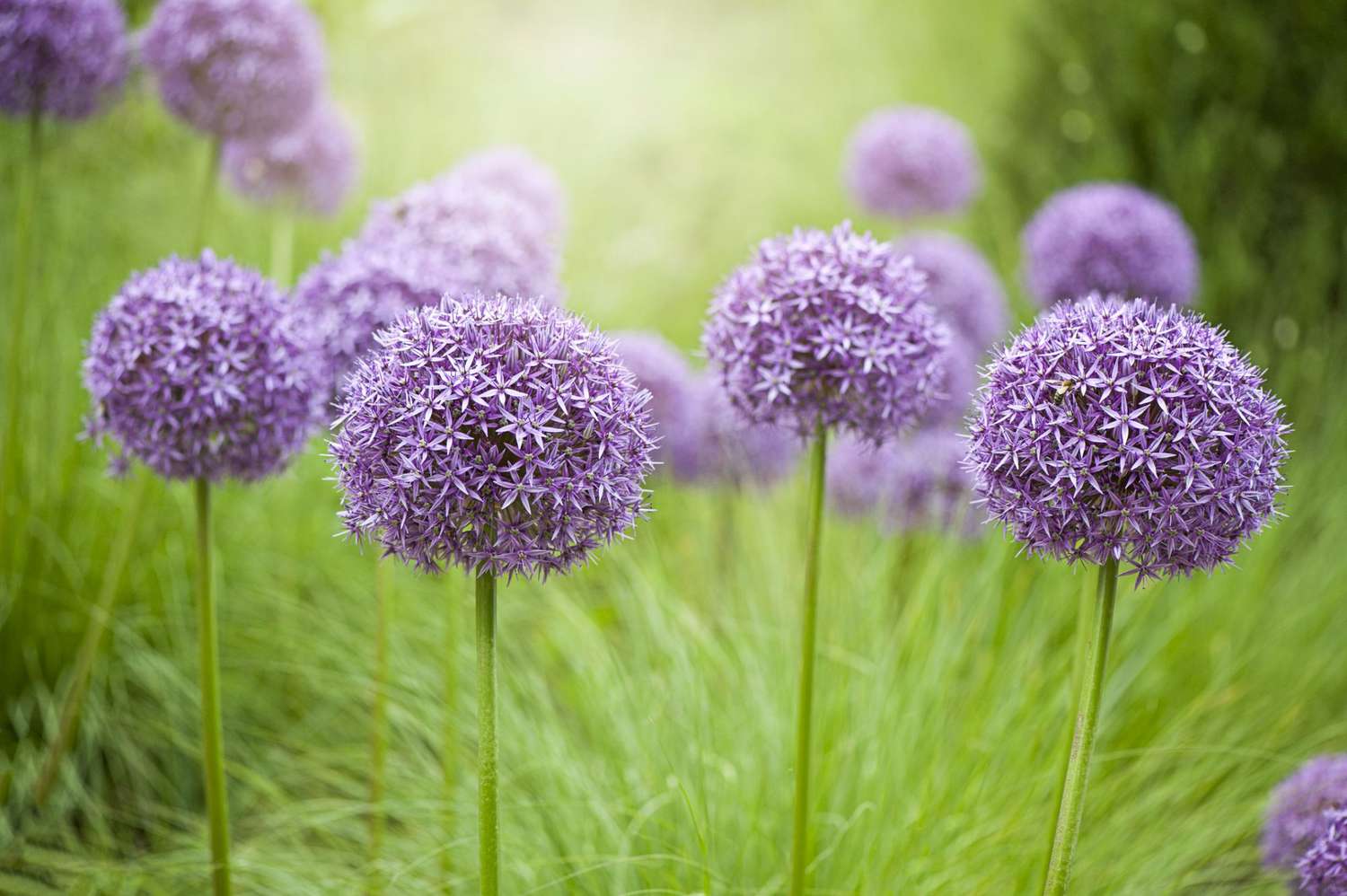
Allium includes purple and sky-blue varieties, as well as chives. Because their scent is oniony rather than floral, they repel animals. Good drainage is essential.
Anise Hyssop
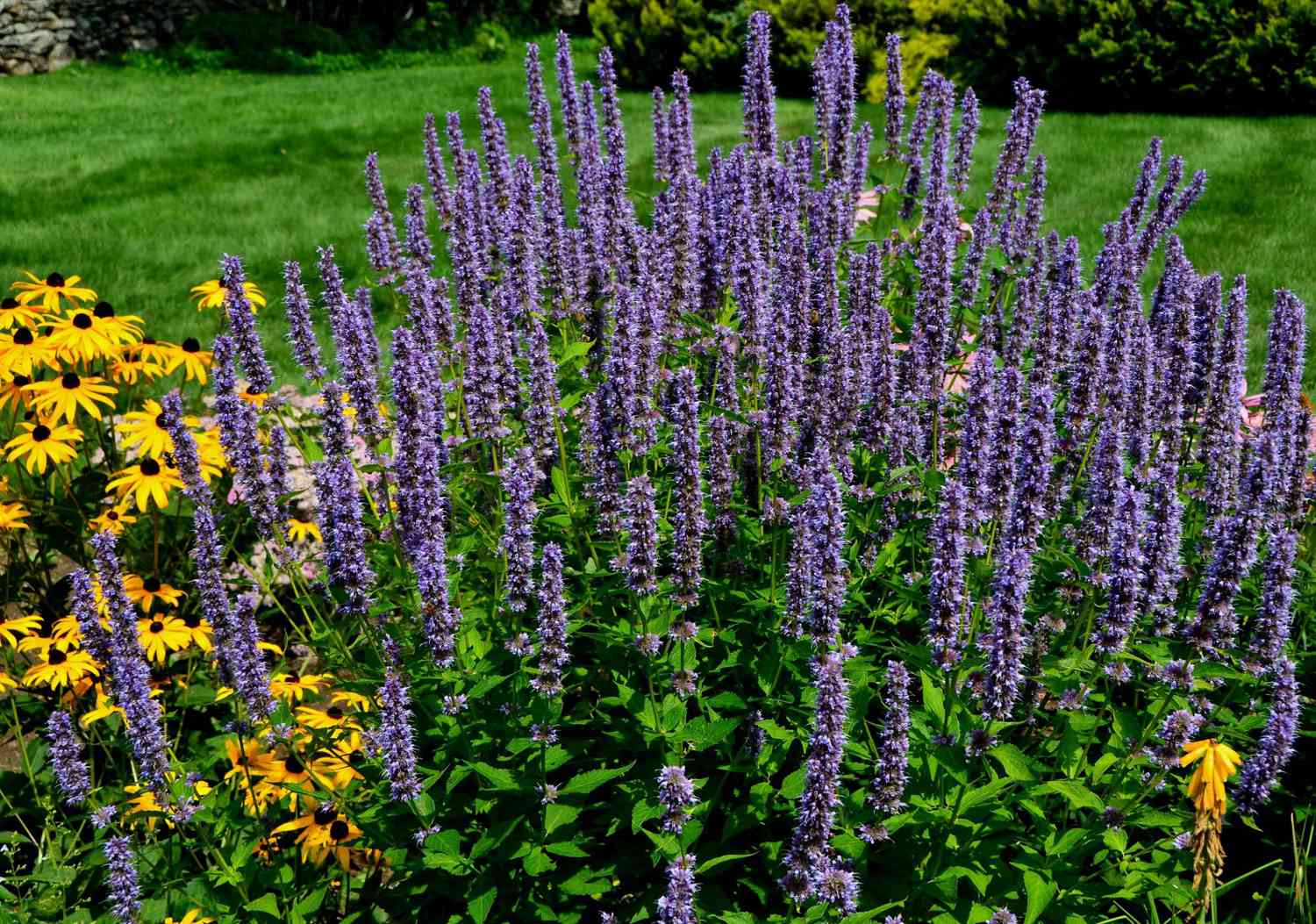
This flower attracts butterflies with its licorice scent and violet hue. The three to five-foot-tall, drought-tolerant trouper thrives in full sun or partial shade. Also, plant it in an area with well-drained soil.
Bleeding Heart
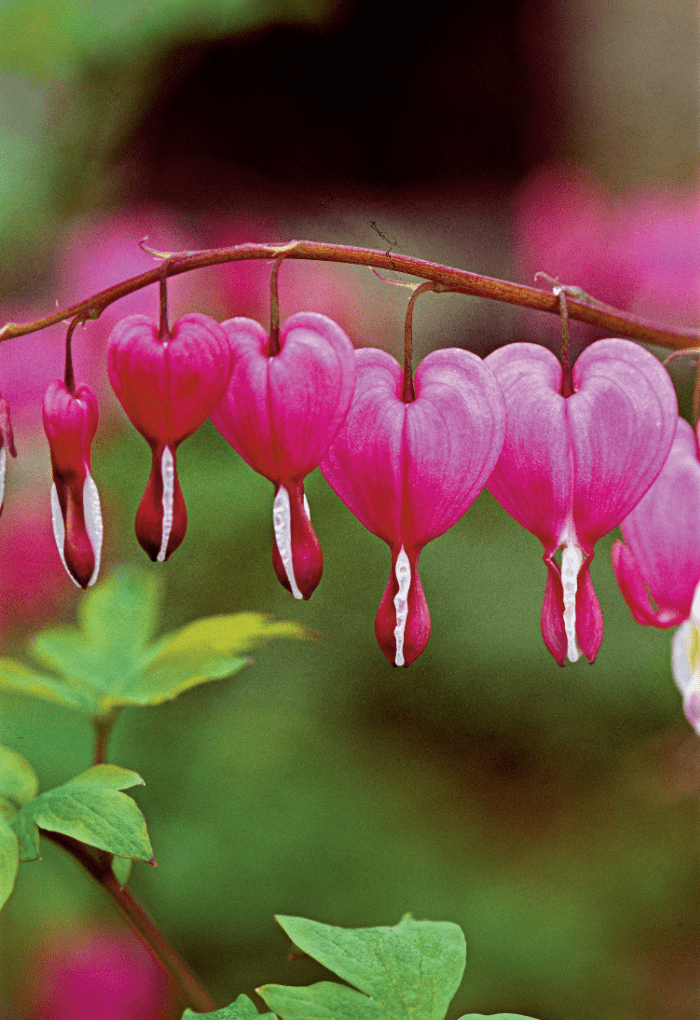
Belying its delicate appearance, Bleeding Heart holds up well in winter. You can cut the plants back midsummer after the foliage fades. Bleeding Heart prefers sunlight to partial shade.
Flowering Tobacco

Technically a tender perennial, Flowering tobacco can be grown almost anywhere as an annual. It lends grace and fragrance to beds and borders all summer. Flowering tobacco prefers warm weather and soil instead of cold, wet soil, which can cause root rot or other diseases.
Lady’s-Mantle
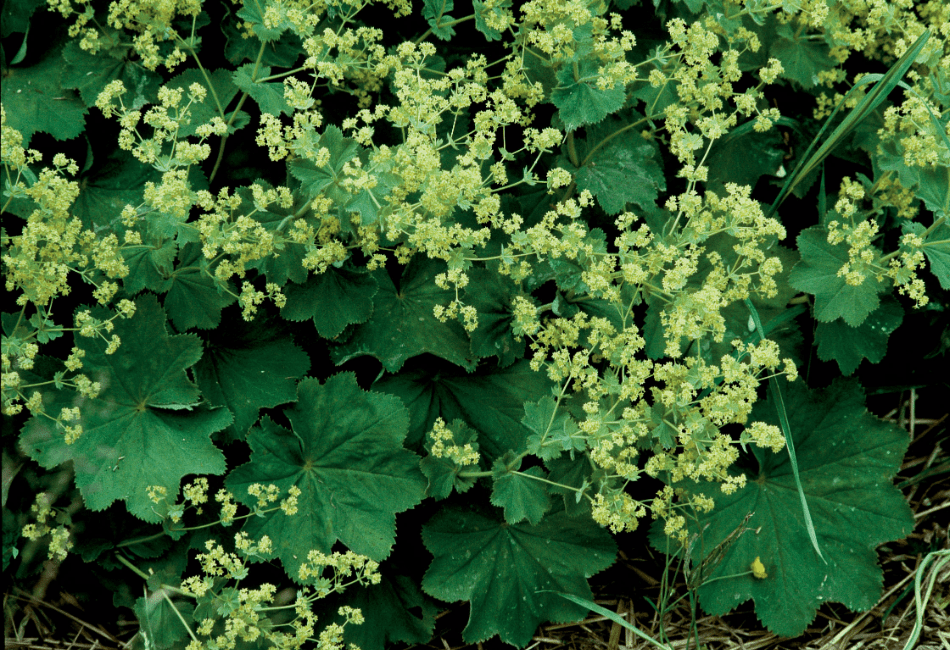
Snip off blossoms before they mature to keep this prolific self-sower in check. Afternoon shade will help prevent leaf scorch. Despite prefering shade in warmer regions, the lady’s mantle can tolerate full sun.
Annual Poppies
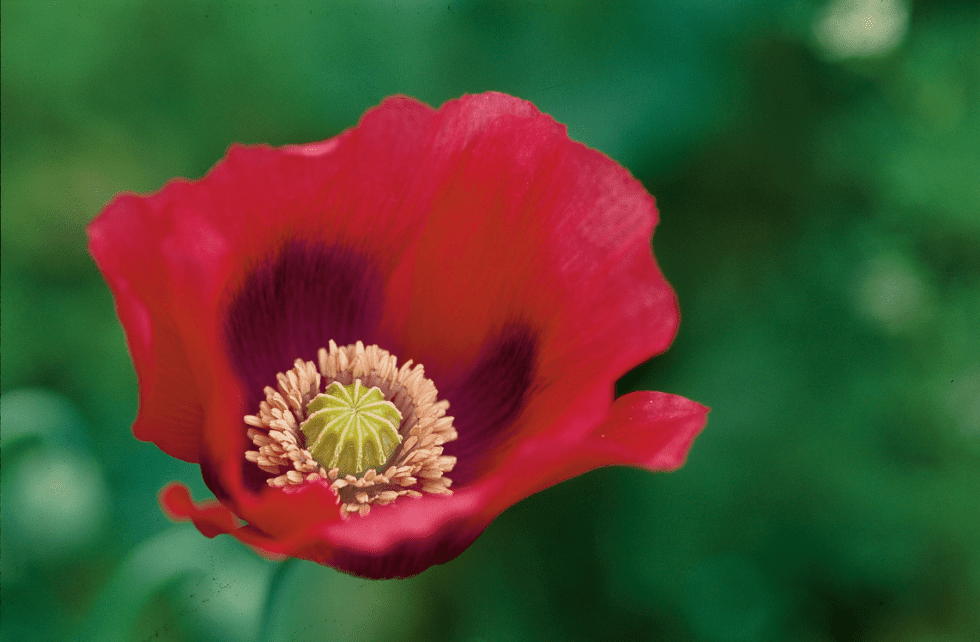
Poppies reliably self-sow wherever the sun is ample, and the drainage is good. Seeds dormant in the soil can re-emerge unexpectedly years later. Plus, poppies are hardy flowers attracting butterflies and bees while producing vibrant colors in your garden.
Russian Sage
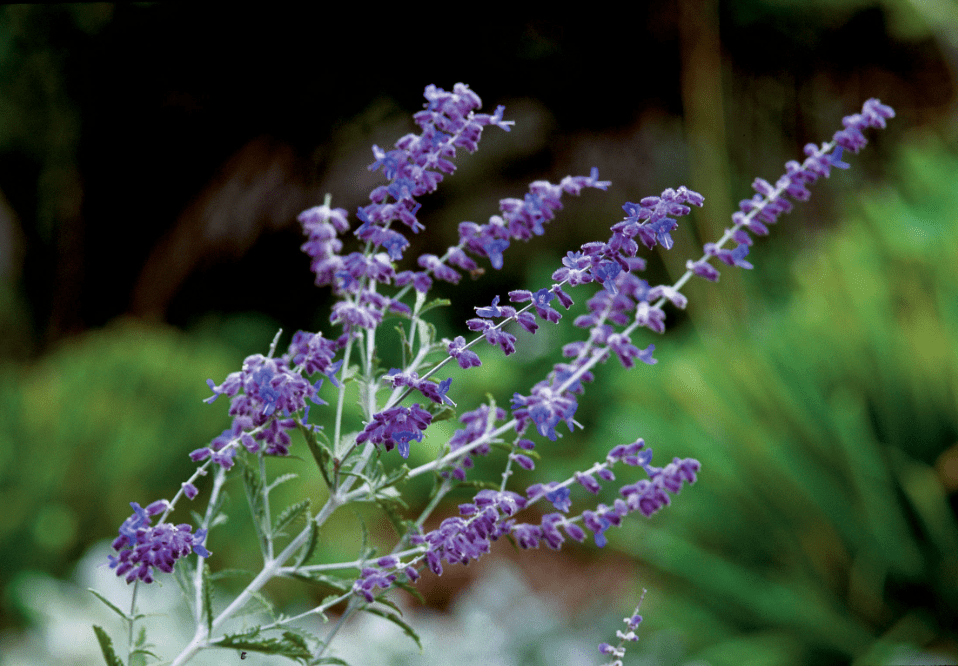
Russian Sage stands tall—up to four feet. The lilac-blue sun worshipper, neither Russian nor sage but instead a Himalayan mint, yields four months of flowering. Russian Sage is suitable for coastal gardens because it tolerates alkaline soil.
Veronica «Sunny Border Blue»
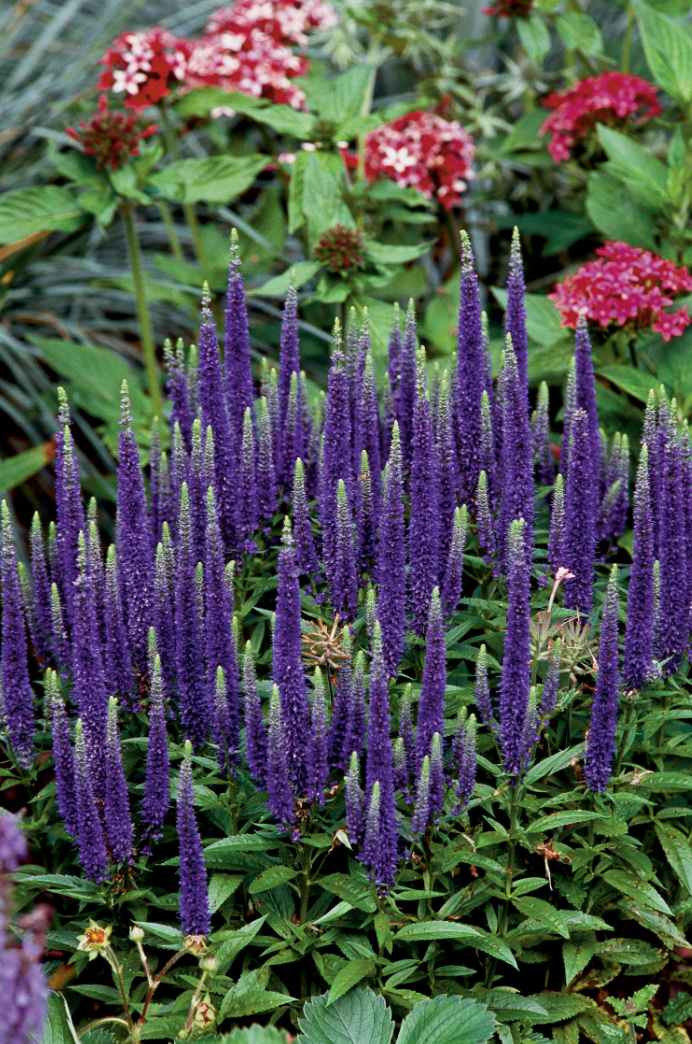
If deadheaded faithfully, these flowers will bloom from May through October. This plant grows best in well-drained soil and full sun and forms in bushy clumps. Divide it every three years and share the wealth with friends.
Ornamental Grasses
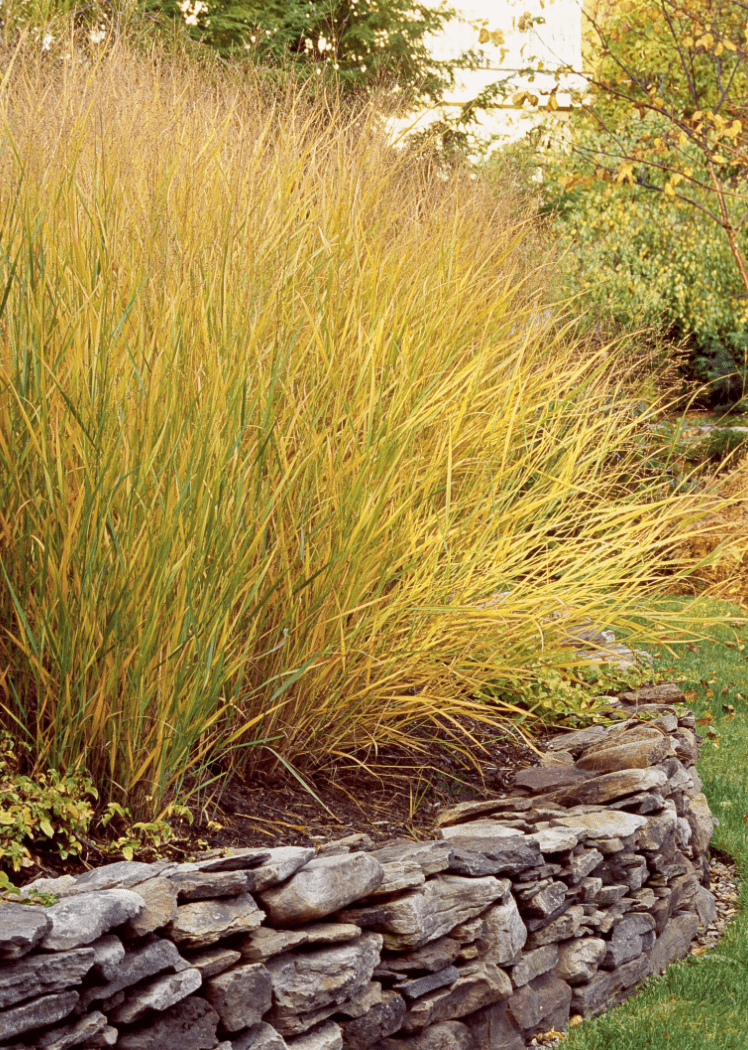
When knitting a garden to an uncultivated landscape, Ornamental Grass is valuable. They dance in the breeze, lending extra dimension. Full sun required.
Lavender
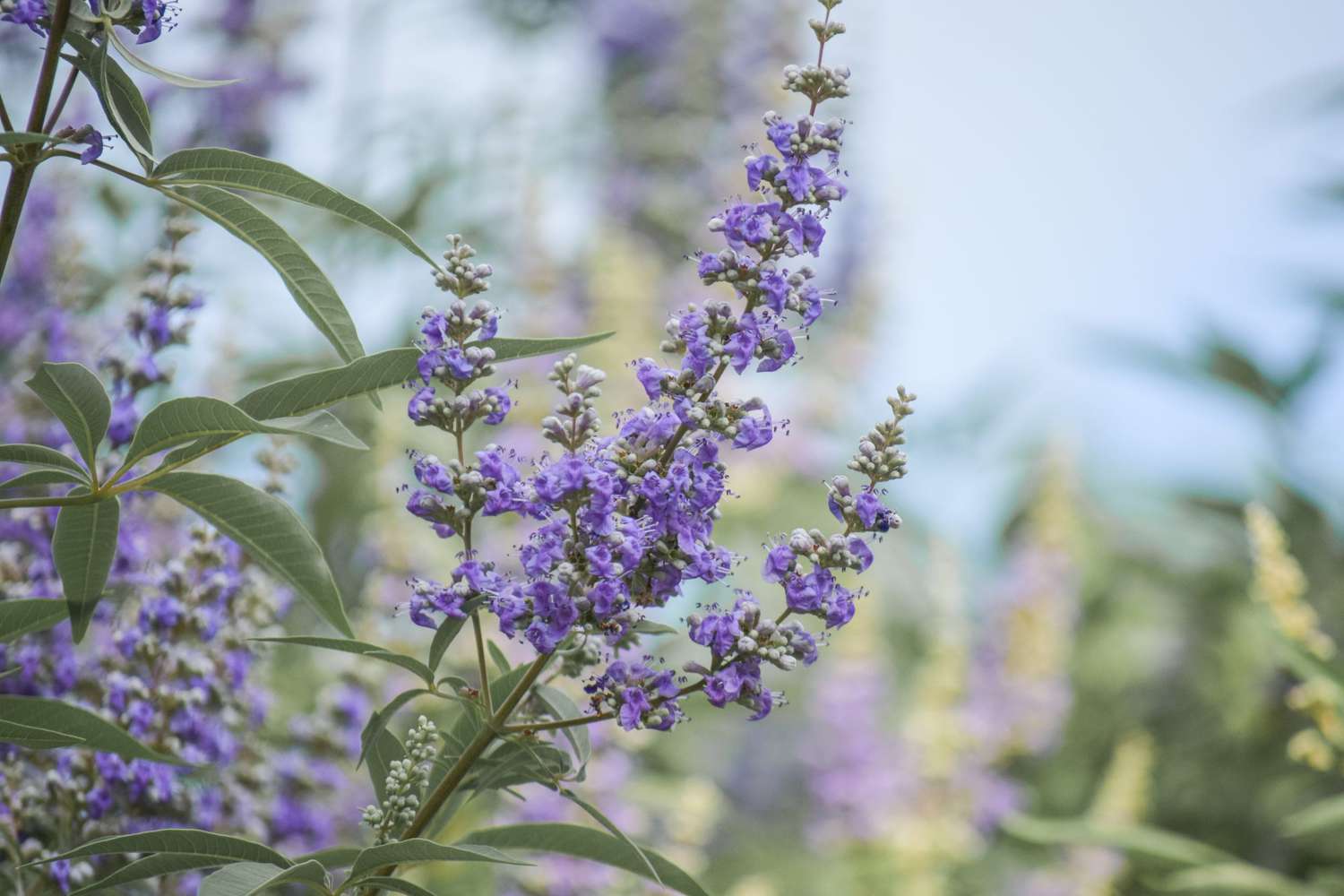
Lavender thrives in full sun but can also tolerate periods of drought, making it an excellent seaside plant. It also adapts well to sandy soils. This carefree plant will grow up to three feet in your coastal garden and release a wonderful smell when planted near the ocean’s breeze.
Sea Kale
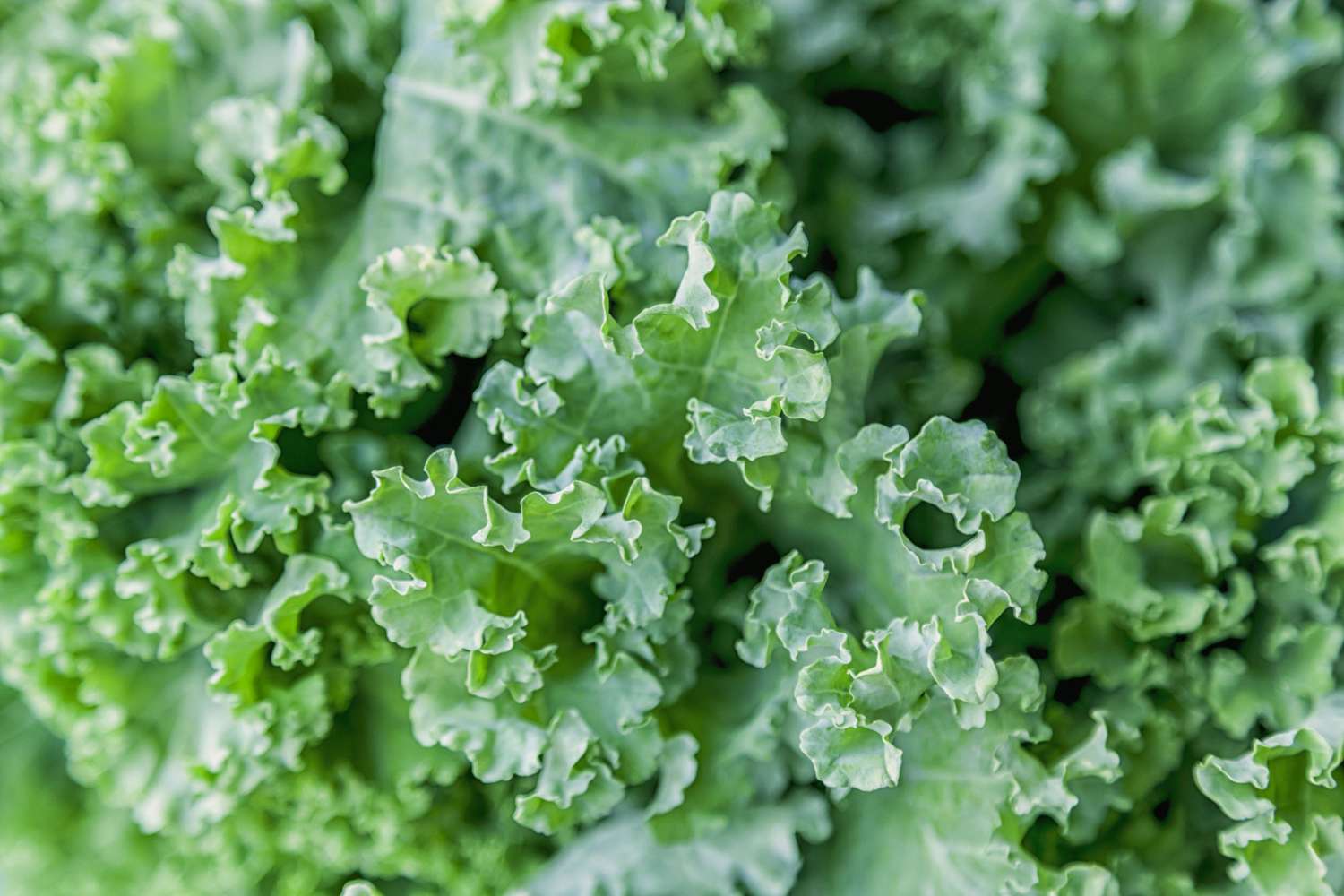
Perfect for those summer salads. Sea kale, also known as sea cabbage, returns in the spring and thrives in a salty, seaside environment. This plant grows in more soil conditions, but well-drained to moist soil is best.
Yarrow

Yarrow is a beautiful plant for seaside gardens because the oversized tops help the delicate stems to sway in the coastal winds. The sturdy flower is available in several colors, including yellow, red, pink, orange, and white. Plus, yarrow is usually pest-free.
Sea Oats
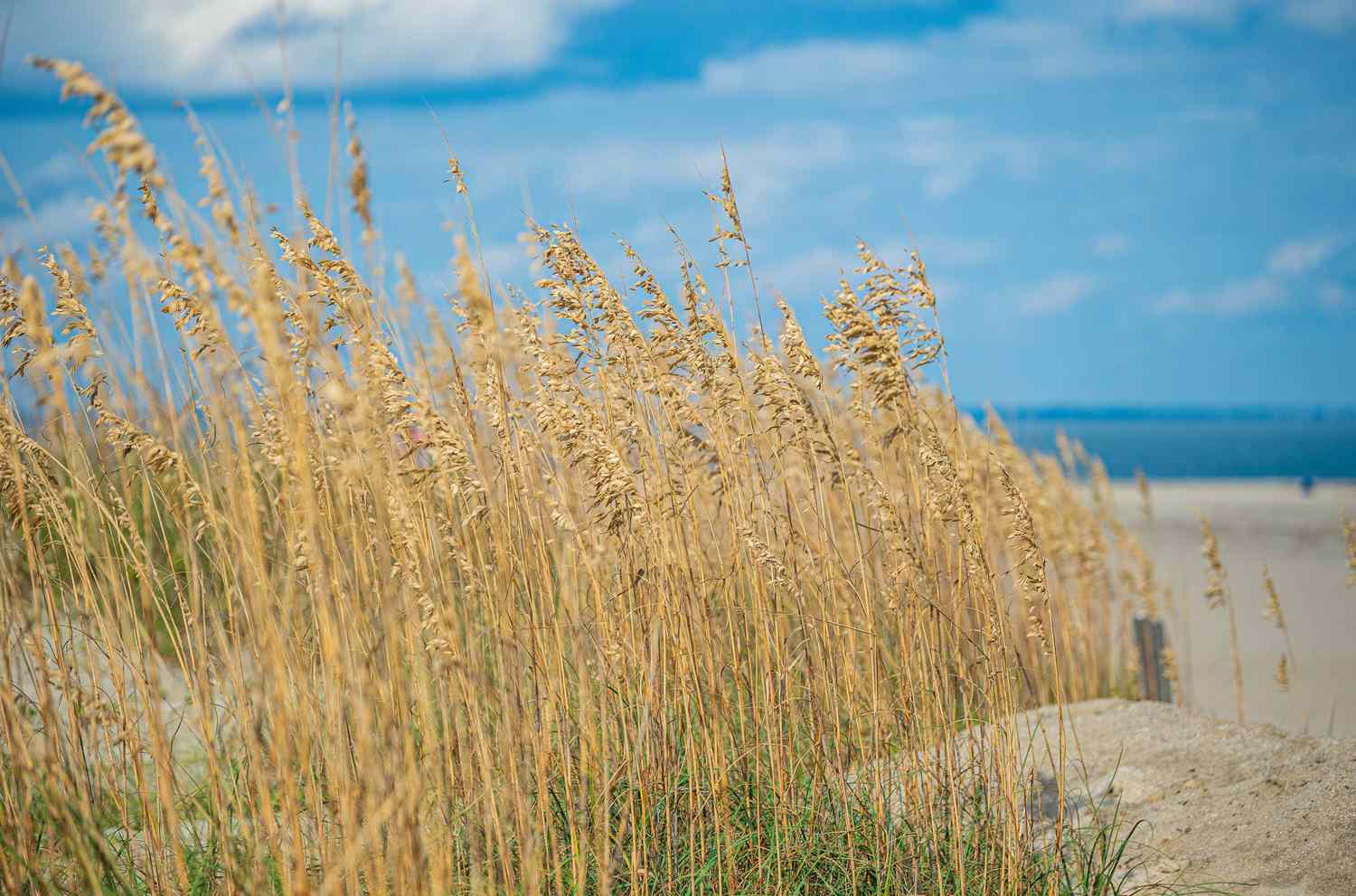
Sea oats are an excellent plant for ground covering as it spreads quickly. This ornamental grass will thrive in shady areas and is drought tolerant. Enjoy this plant into the fall as the foliage turns bronze.
Gaillardia
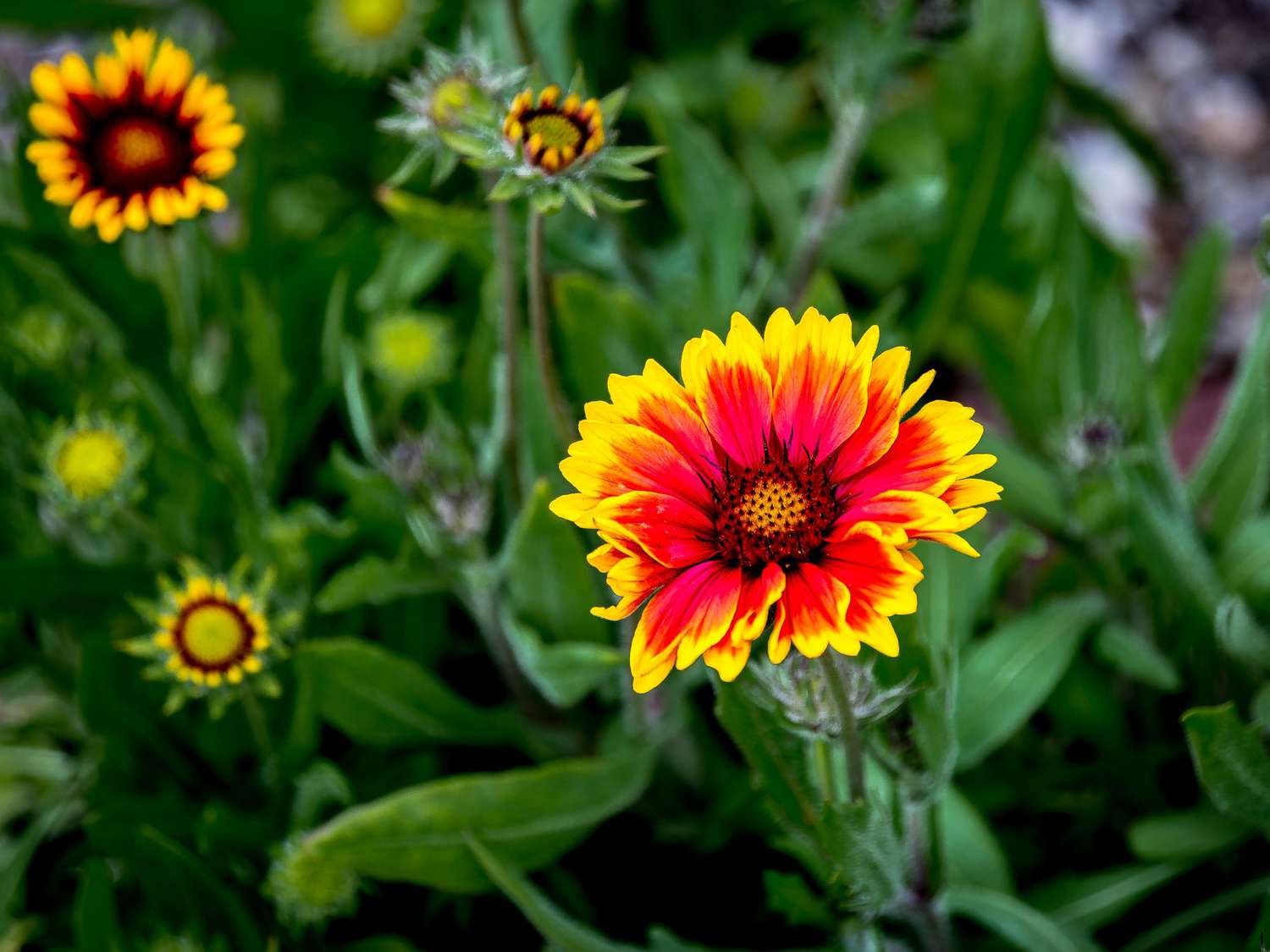
Gaillardia thrives in sandy soil, especially the salty soil around lakes and oceans. Known as the blanket flower, the Gaillardia has a long bloom season that lasts from the beginning of summer until the first frost. The Gaillardia is also known to attract butterflies, increasing its beauty factor.
Juniper
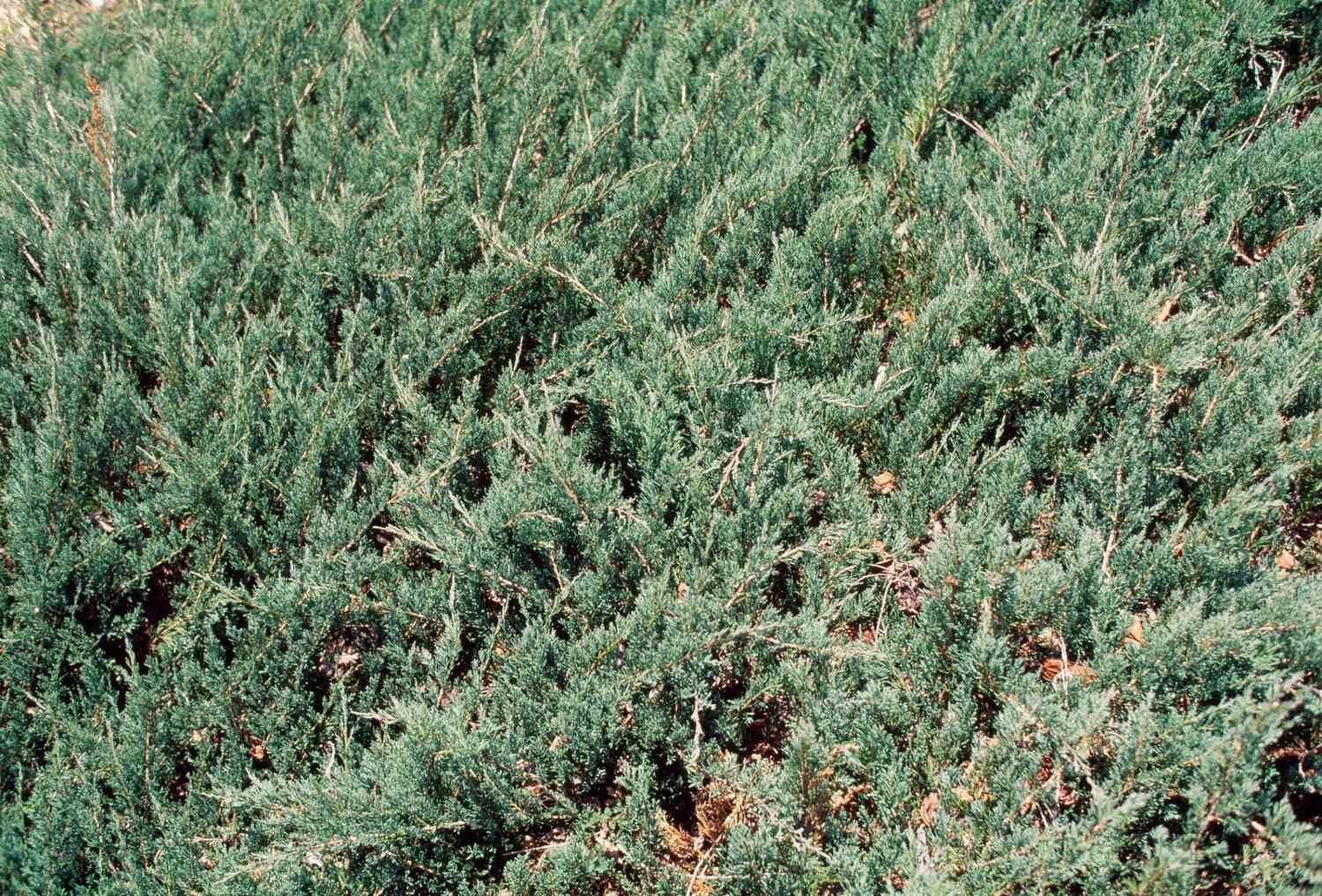
Great for ground cover, creeping juniper will spread quickly, filling your garden with lush greenery. Juniper thrives in full sun to part shade and well-drained soil but can also tolerate drought conditions. Blue, green, and gold foliage are also available color varieties.
Portulaca

Technically an annual portulaca is known to self-seed in gardens, so you might enjoy this flower for many years after planting. Especially hardy, this coastal creeping plant is available in yellow, orange, red, white, and more color varieties. Portulaca thrives in full sun and well-drained soil.
Cuphea

In frost-free climates, the colorful cuphea blooms as a perennial. Thriving in full sun and well-drained soil, this perfect coastal flower can withstand harsh winds, salty soil, and dry heat. Plant and enjoy the range of vibrant blooms.
Hydrangeas
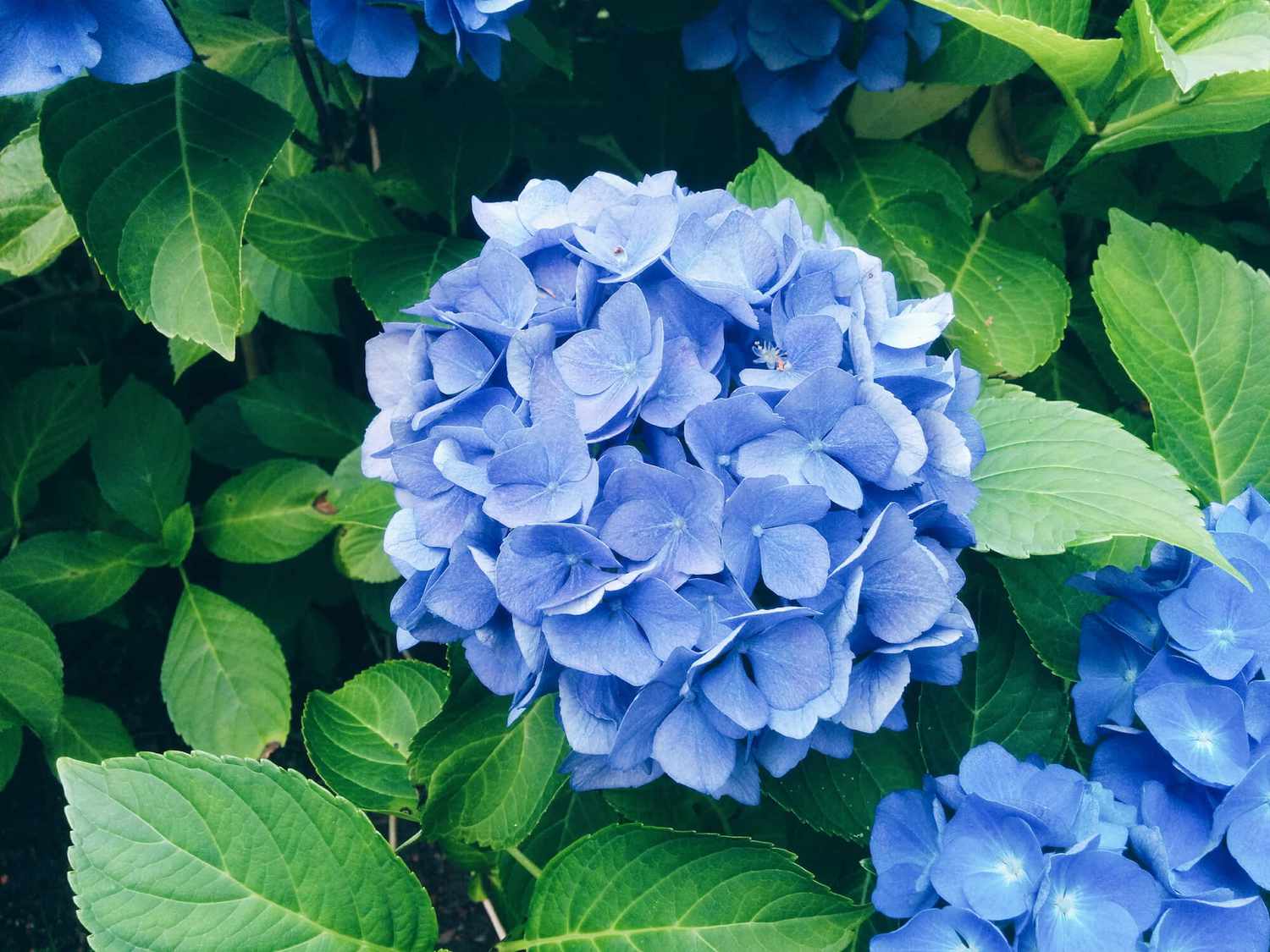
It’s hard to imagine the New England coastline without a row of hydrangea bushes lining the home’s borders. This flower tolerates sandy soil and wind, making it ideal for a seaside garden. However, most hydrangeas need consistent watering as they don’t tolerate drought well.
Geranium

Geraniums thrive in sunny environments. This flower has color varieties ranging from soft pink to deep purple. Usually grown as annual flowers, these plants can self-seed in milder regions or covered gardens.